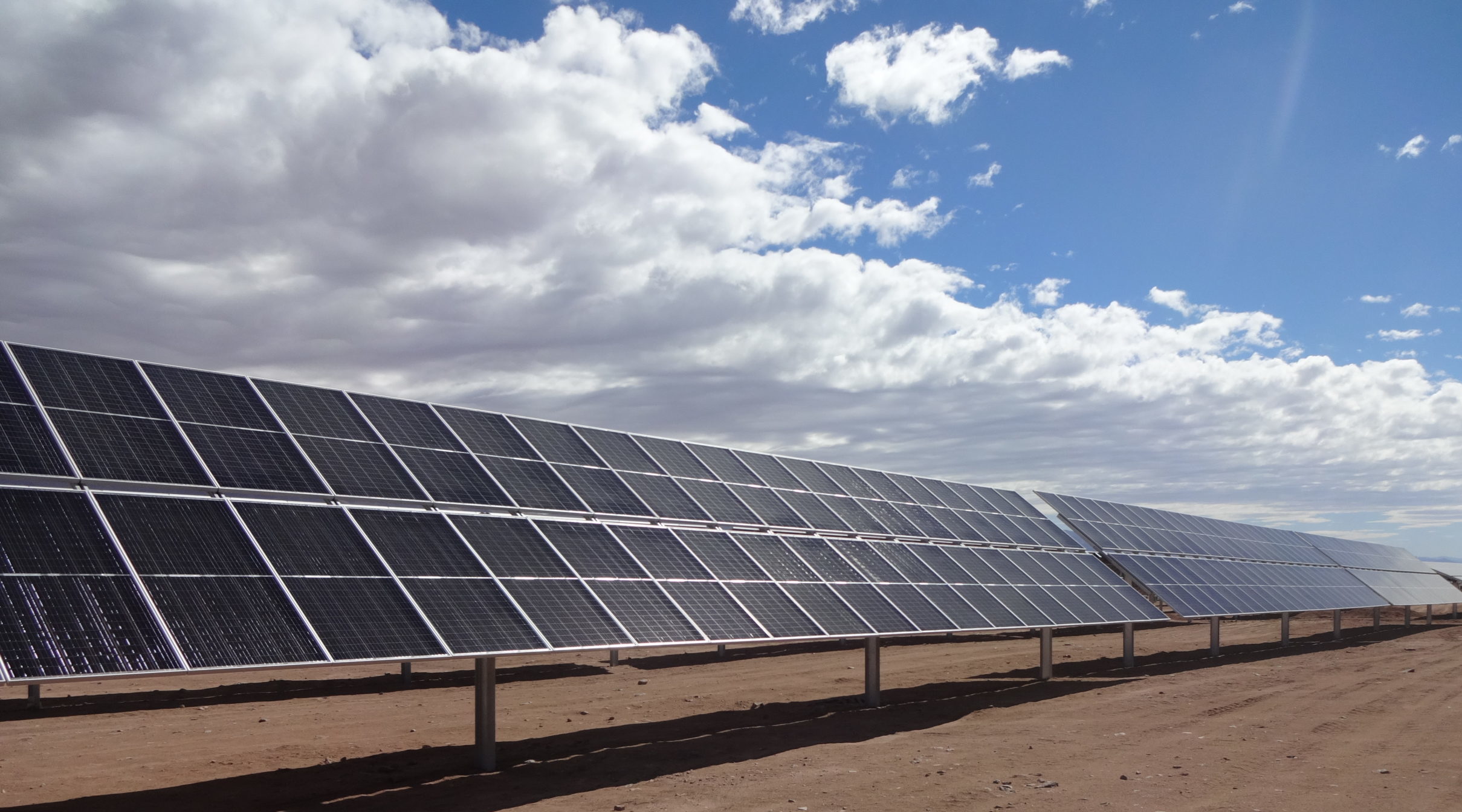Facing extreme weather conditions
PV plants are often exposed to hazards that put the installation at risk, becoming an unpredictable economic investment. For this reason, single-axis solar tracker design must comply with a series of parameters that take into account the aeroelastic effects caused by the wind. Electronics improvement is also required to face weather phenomena such as cyclones, high winds or electrical storms.
In this document, the results of the wind study carried out by RWDI in collaboration with Soltec for the SF7 Single-Axis Tracker are presented, together with the features to deal with those weather events safely.
Several studies have shown that certain wind-design code standards applied to solar trackers are insufficient to design these structures reliably, as they do not consider the second order effects produced by the action of wind on the tracker. In order to prevent related structural instability issues, it is necessary to find new analysis methodologies that improve the design of reliable tracker structures by quantifying their response to the second order effects of the wind. The wind consultant leader RWDI in collaboration with Soltec has developed an innovative method, Dy-WIND for comprehensive dynamic analysis in tracker array wind design. With 15 years specialist experience, Soltec has incorporated this method in the design of Soltec trackers.
When designing solar trackers, several factors influence their response to the dynamic effects of the wind:
If you want to collaborate with us or need more information about Soltec you can contact us at any of our offices around the world.
Nuestro conocimiento y experiencia a través del análisis e investigación en los principales temas del sector.

